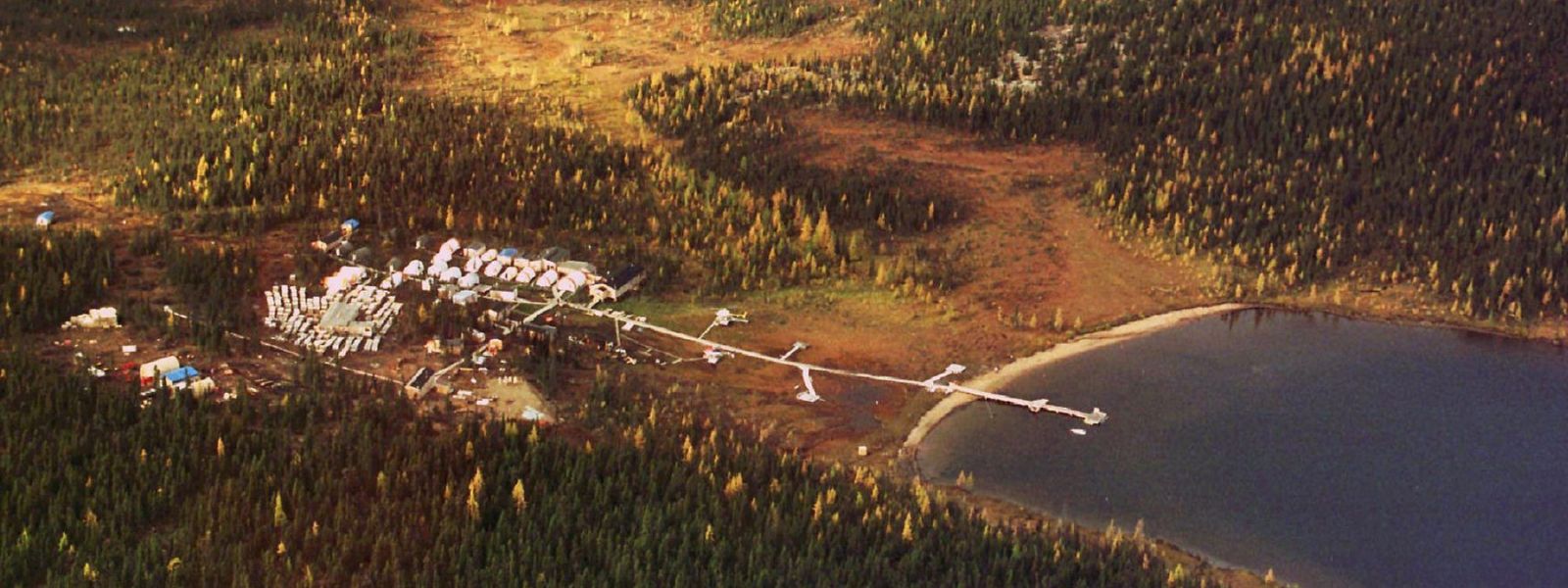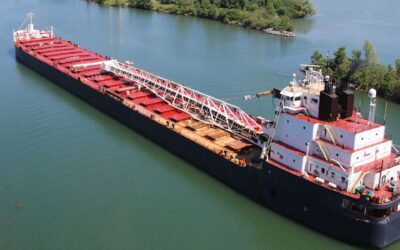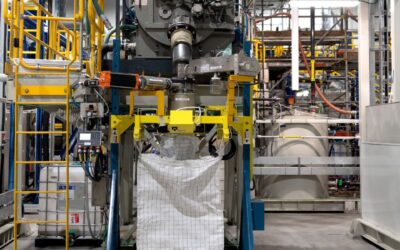This article was previously published in the National Newswatch.
In response to ongoing threats to Canada’s economy and sovereignty, governments across the country are suddenly projecting “get ‘er done” vibes when it comes to unleashing new economic development.
Critical minerals—especially cobalt, copper, lithium, nickel, graphite, and rare earths—are at the centre of that conversation, given their economic and energy security potential, and their importance in the global energy transition. In fact, accelerating critical minerals development and firming up supply chains were among the priorities Prime Minister Carney championed at G7 talks in Kananaskis earlier this week.
But governments’ drive to accelerate critical mineral mining in Canada—along with other types of economic development—is also raising legitimate concerns about potential impacts on Indigenous rights and the environment.
Can Canada find a middle path? Can it deliver on the economic, security, and climate benefits of a stronger critical minerals supply chain, while also upholding Indigenous rights and addressing local environmental concerns?
In a word: yes. New research from the Canadian Climate Institute finds that, with the right policies, Canada can attract private investment into critical mineral projects and protect ecosystems and Indigenous rights. In fact, the two are mutually supportive: building confidence around the right projects will actually de-risk them, speeding their implementation and increasing investor appeal.
Critical minerals are necessary ingredients for the technologies powering the energy transition—think solar panels, wind turbines, electric vehicles, charging stations, and utility-scale batteries. Canada holds vast reserves of these resources in almost every province and territory, and demand is rising. We have enough of these minerals to easily meet our own needs, while also helping others—including European Union member states—secure their own supplies as the global energy transition accelerates.
According to our research, global demand for priority critical minerals is projected to almost double by 2040—and Canada could capture an economic windfall by serving that demand.
But the key word is “could.”
Because while the opportunity is clear, the investor upside is not. Mines are high-stakes endeavors to begin with, and uncertainties in both global markets and domestic regulatory review processes are chilling interest. Markets for some critical minerals are immature and controlled by a few players, yielding uncomfortably volatile prices. Add in the ongoing global trade turbulence and, well, you get the idea.
Against this backdrop, domestic and international buyers are looking to lock down secure and reliable supplies of critical minerals—and fast. But realizing Canada’s production potential and its associated economic benefits will require attracting $30 to $65 billion in new investment between now and 2040. Should production fall short of that demand, Canada’s economy risks forfeiting $12 billion each year by 2040.
As our research found, the critical path forward involves a comprehensive mix of policies and actions to de-risk potential projects: financially, environmentally, and socially. And the meaningful consultation, consent and participation of Indigenous communities will be a key to success.
This is far from Canada’s first natural-resources rodeo. Governments and industries have learned time and again that a race to the bottom results in long-lasting harm to people and the environment, not to mention bad press, costly lawsuits, and stronger opposition to future development. With billions of dollars at stake, and driven by a newfound imperative to shore up Canada’s economic independence, policy makers face a unique opportunity to accelerate projects that can supply Canadian industries and global markets with the raw materials of the low-carbon economy, while minimizing risks to our shared air, lands, waters, and atmosphere.
It’s a tall order, but the tools exist. For example, governments can help mitigate the volatile commodity price swings that scare off capital by entering into financial risk-sharing agreements with companies. They can increase funding for Indigenous communities to participate in and partner on mining projects. They can tighten up regulations to reduce well-known environmental risks and liabilities—drastically reducing the chances of repeating a devastating event such as the 2014 Mount Polley disaster. In short, they can streamline project reviews without compromising environmental safeguards or rushing through Indigenous consultations.
Critical minerals represent a once-in-a-generation moment for Canada. And as leading economies such as Australia jockey for position, the clock is ticking. Governments are keen to accelerate review processes, but speed must not come at the expense of Indigenous consent or environmental protections.
Critical minerals mines are large, complex projects that on average currently take 18 years to get up and running. As we heard repeatedly from industry, Indigenous and civil society representatives we engaged in the course of our research, some steps along the way can be shortened—and others cannot.
Fortunately, our research indicates governments can indeed cut timelines without cutting corners. The path ahead may not be well-travelled, but the destination is worth the journey.








